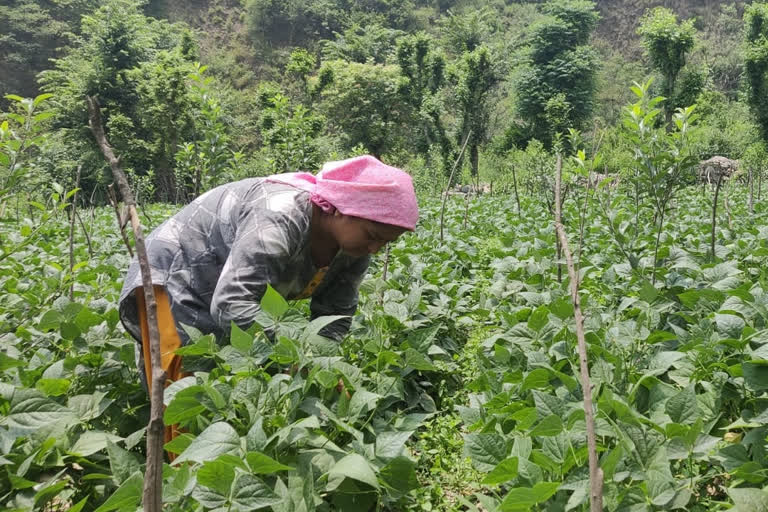New Delhi: Madhya Pradesh has more than one million hectares of area under the National Programme for Organic Production (NPOP), which is over 38% of the total area under the programme to boost certified organic farming in the country. Under the NPOP scheme, the Centre is helping states to increase their cultivable area under organic farming by providing the means of evaluation of certification programmes for organic agriculture and products, including wild harvest, aquaculture, livestock products.
The NPOP also helps in the accreditation of organic products and their standardization which makes them acceptable in the international market. As per the Directorate General of Foreign Trade (DGFT) notification, a product certified under NPOP is eligible for export as organic which fetches a considerably higher price in the domestic and international markets. For instance, the European Commission has granted equivalency to India’s NPOP for unprocessed plant products for export to European Union (EU) countries.
Promotion of organic farming is one of the most important pillars of Prime Minister Narendra Modi’s ambitious scheme to double the income of Indian farmers. In his public speeches, Prime Minister Modi has often highlighted the importance of organic farming by giving the example of the state of Sikkim which is fully certified for organic farming.
State-wise organic farming in India
Madhya Pradesh is followed by Maharashtra which has an industrial as well as an agrarian economy. According to the data shared by agriculture minister Narendra Singh Tomar in the Lok Sabha on Tuesday, Maharashtra has over 3,71,722 hectares of area under organic farming.
Rajasthan, India’s largest state in terms of geographical area, stands at the third position with more than 2,98,686 hectares under organic farming. It is not a small feat for the state which is home to the world’s ninth-largest hot subtropical desert – Thar desert – with an area of over 2,00,000 square kilometres.
Rajasthan is followed by Gujarat (1,47,866 ha), and Karnataka occupies the fourth spot with over 95,050 hectares area under organic farming. The Eastern state of Odisha has an area of 92,695 hectares under organic farming, followed by Sikkim (75,730 ha). While the hill state of Uttarakhand is at the 8th position with 74,826 hectares, Uttar Pradesh is at the 9th position with a 67,443-hectare area followed by Jharkhand (53,262 ha).
Other states have less than 50,000 hectares under organic farming. Kerala has 45,070 hectares, Meghalaya 38,376 hectares, Andhra Pradesh 36,801 hectares, Tamil Nadu 31,629 hectares and Jammu & Kashmir has 30,620 hectares. Bihar has 29,903 hectares under organic farming, Chhattisgarh (23,209), Assam (18,471), Nagaland (14,790), Arunachal Pradesh (13,114), Mizoram (13,039), Manipur (12,725), and Goa (12,632).
Hill state of Himachal Pradesh has 11,854 hectares of area under organic farming, followed by Telangana (6866 ha), Tripura (6521) and West Bengal (6302). India’s two top agrarian states, Haryana and Punjab perform poorly in terms of certified organic farming with just 4,903 and 2,021 hectares respectively.
While the Union territory of Lakshadweep has 896 hectares under organic farming, UT of Ladakh has 818 hectares under organic farming, followed by Pondicherry at 23.65 hectares. India’s national capital Delhi has just 5.17 hectares under organic farming.



